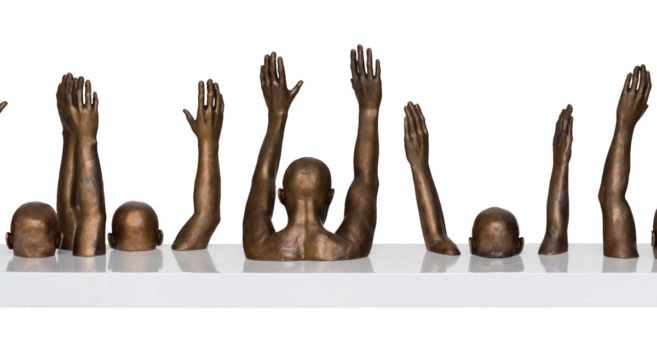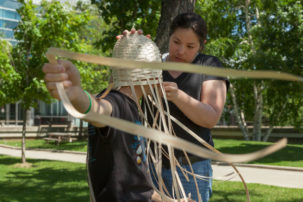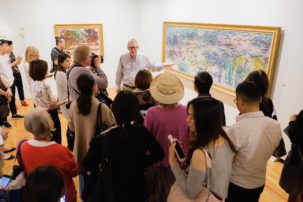Four finalists for this year’s Aimia | AGO Photography Prize were announced this morning. The prize awards $50,000 to the winner, who is decided by public vote, and is one of Canada’s most significant, and most internationally focused, photography awards.
Liz Johnson Artur (Ghana/Russia), Raymond Boisjoly (Haida Nation/Canada), Hank Willis Thomas (USA) and Taisuke Koyama (Japan) were selected from a longlist of 30 artists for this year’s award.
“The jury was struck by the distinctly compelling character of each nominee’s work,” said Sophie Hackett, the curator of photography at the AGO who headed this year’s jury, which also included artist Ken Lum and curator Eva Respini. “Though they are working in very different ways, each artist aims to transform and transmit a new understanding of the world we live in, through variations of digital image capture, experiences of blackness, and the relationship between indigeneity, language (both visual and verbal) and colonialism. I look forward to putting the nominees and their work in dialogue in the exhibition and through the various programs related to this year’s prize.”
More on each of the finalists:
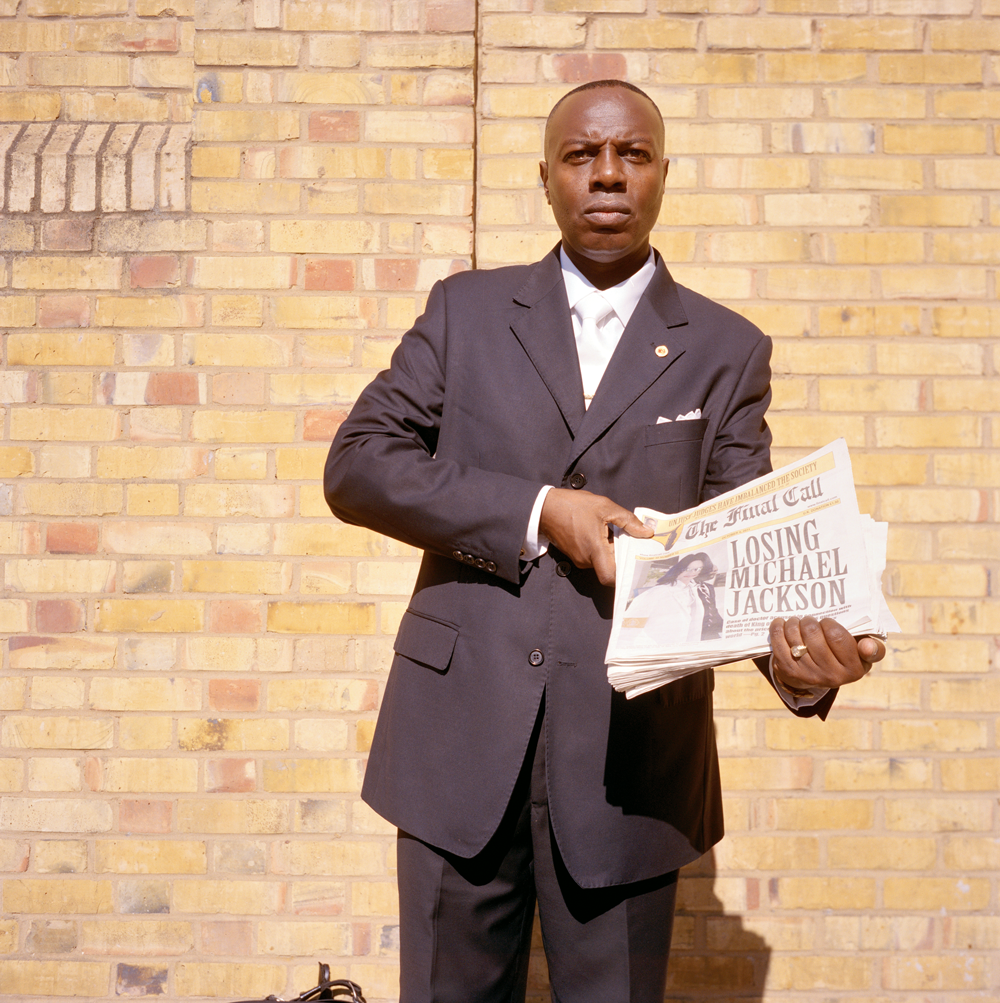 Liz Johnson Artur, Untitled, 1986 to 2010. Black Balloon Archive.
Liz Johnson Artur, Untitled, 1986 to 2010. Black Balloon Archive.
Liz Johnson Artur (Ghana/Russia)
Based in London, Artur has made the “photographic representation of people of African descent, capturing compelling nuances of blackness and highlighting family, love and friendships” her project for the last 28 years. The New York Times included her monograph 2 in their list of the best photo books of 2016, and in addition to maintaining a fine-art practice, Artur works as a photojournalist and editorial photographer. She studied photography at the Royal College of Art in London and has taught at the London College of Communication.
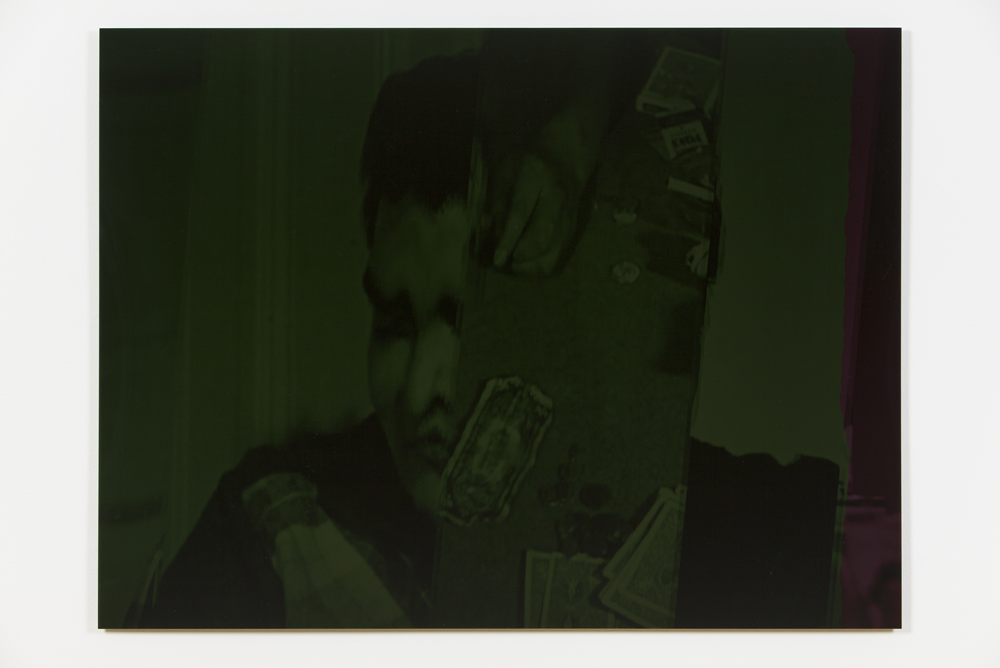 Raymond Boisjoly, Finding yourself somewhere, Somewhere becomes something, Something
Raymond Boisjoly, Finding yourself somewhere, Somewhere becomes something, Something
else becomes something else, from (And) Other Echoes, 2013. One of three screen resolution LightJet print face mounted to gray-tinted acrylic glass. Each 91.5 x 122 cm. Courtesy Catriona Jeffries.
Raymond Boisjoly (Haida Nation/Canada)
Based in Vancouver, Boisjoly is an Indigenous artist of Haida and Québécois descent whose work “investigates the ways images, objects, materials and language continue to define Indigenous art and artists, with particular attention to colonial contexts.” Past prizes include the 2016 VIVA Award, and Boisjoly was also shortlisted for the 2017 Sobey Art Award. He teaches at Emily Carr University of Art and Design, and has had solo exhibitions at galleries including Koffler Gallery, SFU Gallery and the Contemporary Art Gallery.
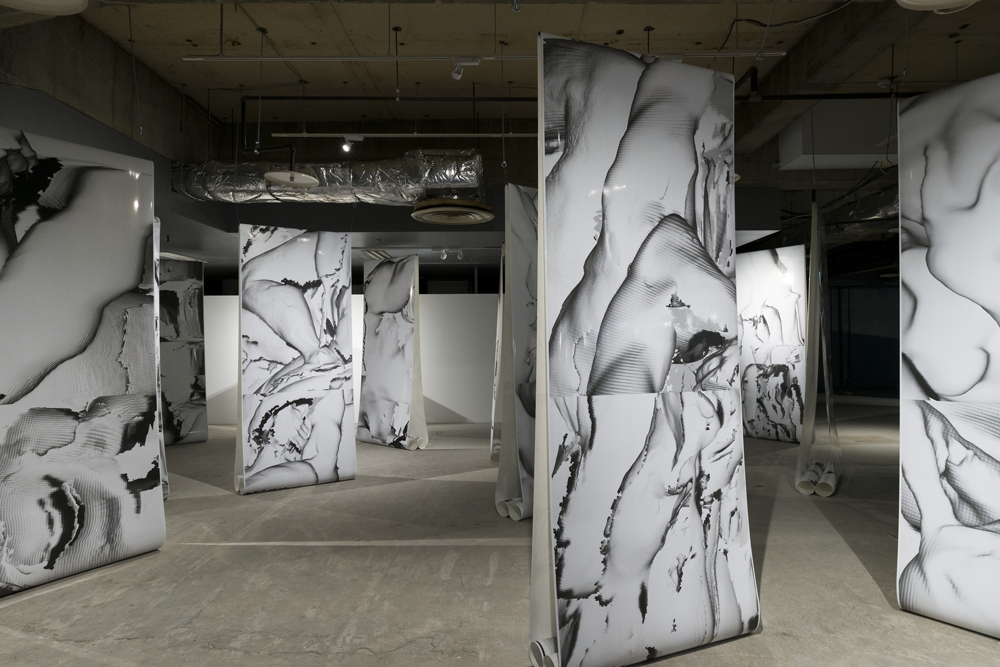 Taisuke Koyama, “VESSEL-XYZXY” (installation view), 2016. Aichi Triennale, 2016. Trans Dimension.
Taisuke Koyama, “VESSEL-XYZXY” (installation view), 2016. Aichi Triennale, 2016. Trans Dimension.
Taisuke Koyama (Japan)
Currently based in Amsterdam, Japanese artist Koyama “explores the possibility of image making in the digital age,” and pulls source material from found objects and various phenomena. He has exhibited at galleries including the Daiwa Foundation Japan House Gallery, in London, and at festivals including Aichi Trienniale (2016), Seotuchi Trienniale (2013) and Daegu Photo Biennale (2012). He has published monographs of his work, including VESSEL – XYZXY (published by RRose Editions and taisuke koyama projects in 2017) and RAINBOW VARIATIONS (produced by artbeat publishers and Kodoji Press in 2015).
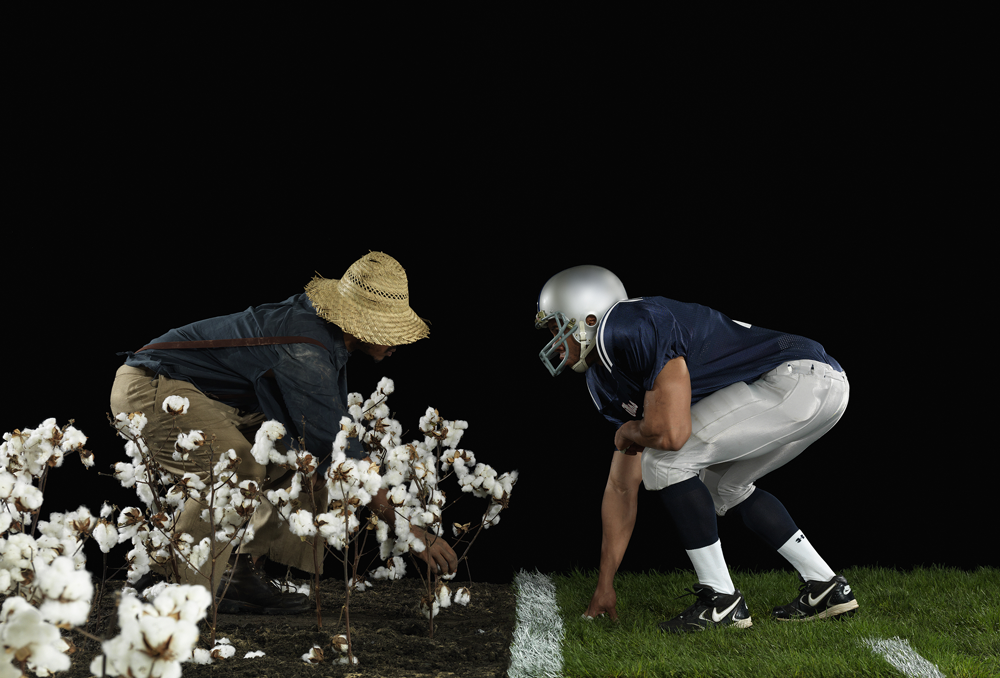 Hank Willis Thomas, The Cotton Bowl, 2011. Digital C-print. 165.1 x 243.84 cm. Courtesy Jack Shainman Gallery.
Hank Willis Thomas, The Cotton Bowl, 2011. Digital C-print. 165.1 x 243.84 cm. Courtesy Jack Shainman Gallery.
Hank Willis Thomas (USA)
African-American, multidisciplinary artist Thomas delves into consumer culture, race, history and identity in his work. His work has been shown at the International Center of Photography in New York, Public Art Fund in New York and the Guggenheim Museum Bilbao among other institutions, and it is held in the collections of institutions including the Museum of Modern Art in New York and the Whitney Museum of American Art. He studied photography at the California College of Arts.
The award is now celebrating its 10th year. Previous winners include Ursula Schulz-Dornburg (2016), Dave Jordano (2015), Erin Shirreff (2013) and Jo Longhurst (2012).
Voting begins in person at the AGO after the exhibition opens on September 6, 2017, and on the prize’s website beginning September 13, 2017. The exhibition will be on view at the AGO until January 14,
2018.
The winner will be announced in a ceremony on December 4, 2017.

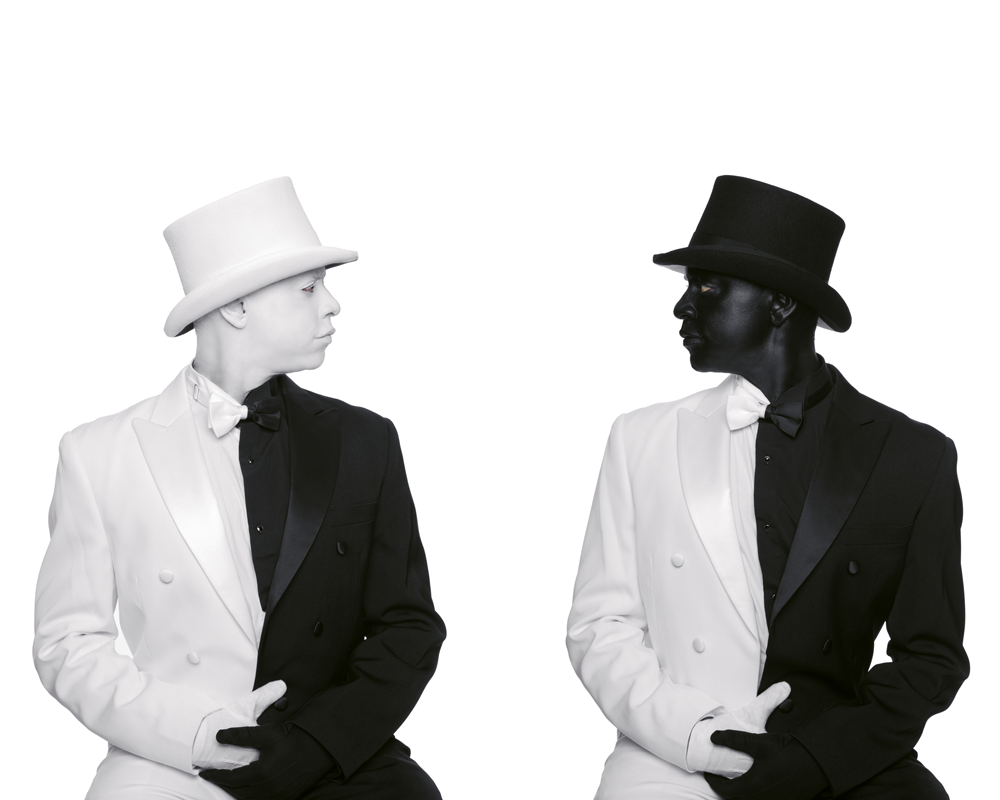 Hank Willis Thomas, Crossroads, 2012. Digital C-print. Variable sizes. Courtesy Jack Shainman Gallery.
Hank Willis Thomas, Crossroads, 2012. Digital C-print. Variable sizes. Courtesy Jack Shainman Gallery.
